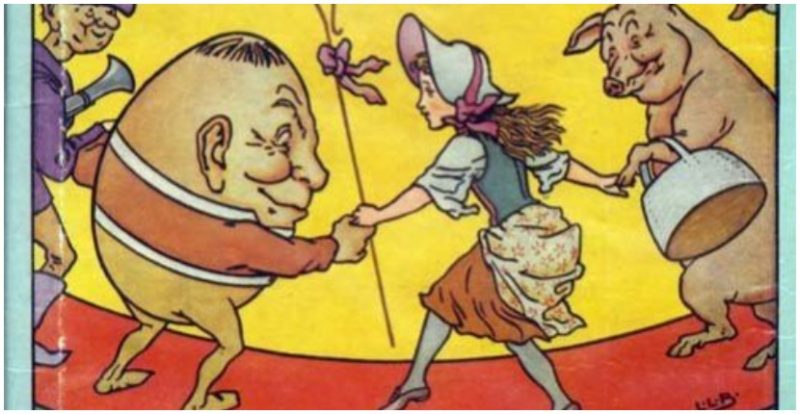Humpty Dumpty, Jack and Jill, Three Blind Mice! Even as adults, years after hearing and learning them as young children, we can all remember these classic nursery rhymes.
In many cases, even after going decades without hearing them, we still know all the words. They’re fun little sing-a-longs for little kids at school, each with their own amusing characters and cute stories to tell. Or at least that’s how they seem.
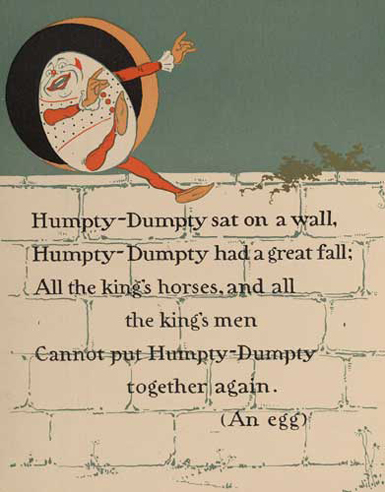
When we actually take the time to examine some of the words in these classic nursery rhymes and start to investigate how they came about, the harrowing reality of many of these cute little poems begins to be unveiled.
In truth, a lot of those seemingly innocent nursery rhymes you used to love as a child and have perhaps taught your own kids over the years, have quite dark backstories or meanings behind them.
Mary, Mary, Quite Contrary
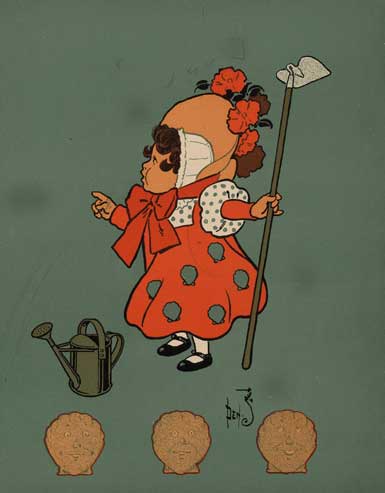
For a prime example, we need look no further than Mary, Mary, Quite Contrary. It seems to be about a lady named Mary and her lovely garden, but in actual fact, the words have secret meanings.
The rhyme was written about English Queen Mary I, also known as Bloody Mary. According to What does History Say?, the “silver bells” and “cockleshells” mentioned in the rhyme are actually instruments of torture, and the “pretty maids” is a reference to the guillotine.
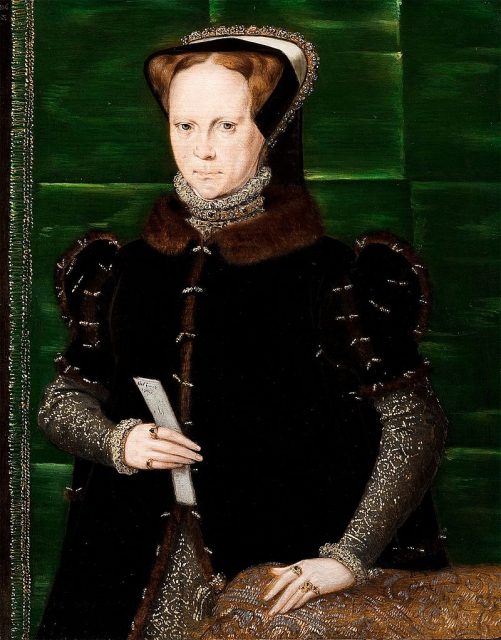
There were actually a few nursery rhymes based around the gruesome exploits of Bloody Mary, and Three Blind Mice is another example. According to rhymes.org, the “farmer’s wife” mentioned in this poem is Mary, and the mice she slaughters are actually noblemen who tried to fight back against her Catholic reforms.
Ring Around the Rosie
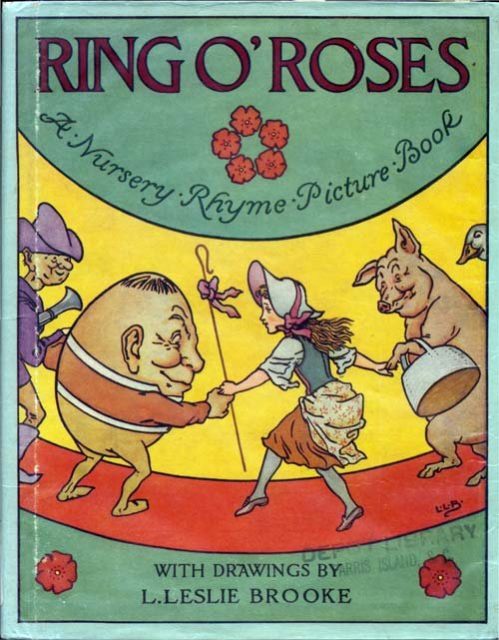
Another nursery rhyme that seems cute and innocent but is actually rather morbid when we look closer is Ring Around the Rosie. Also known as Ring a Ring o’ Roses, urban legends say that this nursery rhyme is all about the Black Death, with the line “Ashes, Ashes” being about burning bodies and “We all fall down” quite literally referring to the incredible spread of the plague and the way it caused so many people to fall down dead.
Jack and Jill
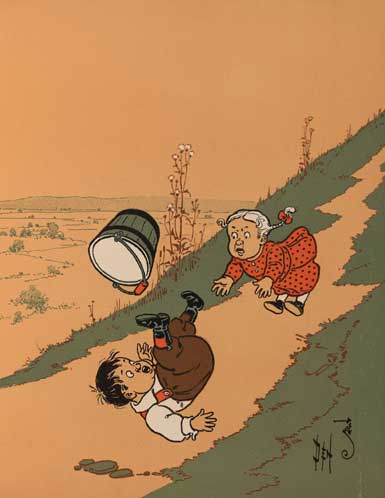
This classic nursery rhyme only has three lines, so you wouldn’t think there could be much of a dark meaning behind it, but the story goes that this nursery rhyme is based on a real-life couple.
According to WhatCulture, they used to sneak up the hill for their adulterous liaisons, with the phrase “fetch a pail of water” being a euphemism for their affair. The part where Jack “broke his crown” actually refers to him falling and splitting his head open.
Related Video: New Child’s Play Movie Trailer
https://youtu.be/7hM-y6DL0hc
Pop Goes the Weasel
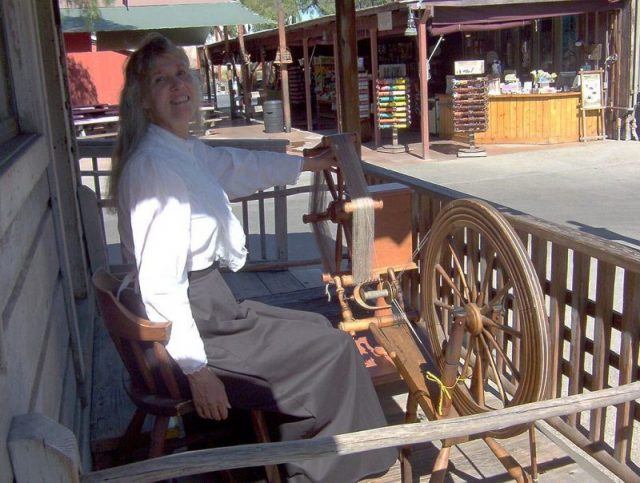
Pop Goes the Weasel is a particularly interesting one, with a few different theories floating around to try and explain it. One of the most widely-accepted theories involves Cockney rhyming slang, in which the “weasel” would refer to a coat (weasel and stoat) and “pop” means to pawn. The story seems to go that men would spend their money on drink and have to pawn their best coat in order to raise more.
Rock-A-Bye Baby
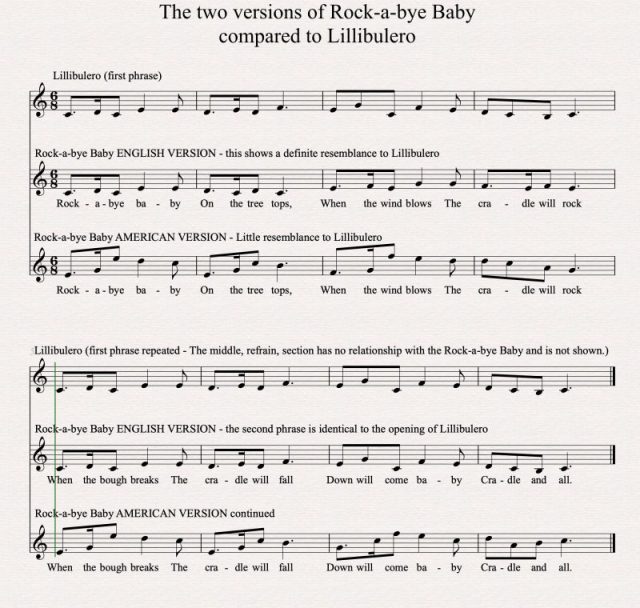
Finally, we’ll end with Rock-A-Bye Baby. If you actually look at the lyrics to this one, it’s already rather creepy on its own. Traditionally sung as a lullaby, Rock-A-Bye Baby talks about a baby teetering at the top of a tree and eventually falling to the ground.
Read another story from us: Mary Really did Have a Little Lamb – The True Story of the Nursery Rhyme
It’s quite horrific, and according to NurseryRhymes.com, the original story may have been based on King James II of England and Mary of Modena who allegedly passed off a baby as their own to ensure they had a Catholic heir.
